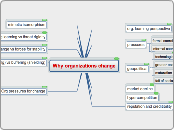af Morgan Schettler 13 år siden
413
Market Structures Morgan Schettler
In economics, market structures are categorized based on various factors, such as the number of producers, the nature of products, and the level of control over prices. Oligopoly is characterized by a few firms that have some control over prices due to their interdependence in the market.









